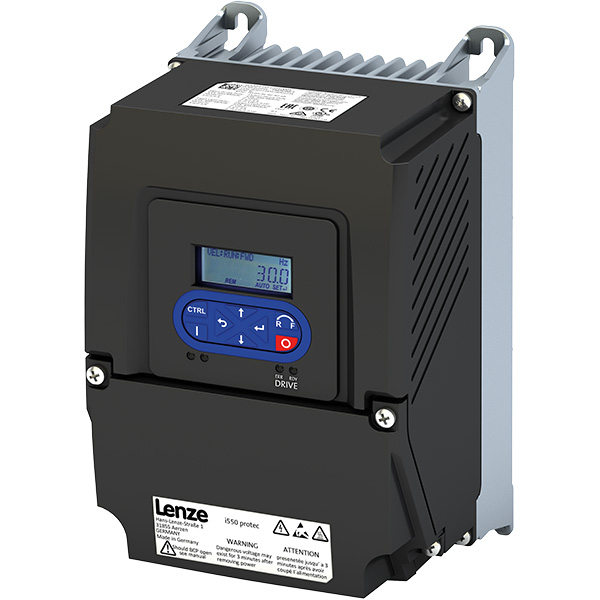Posted on 26th Jun 2024

Variable Frequency Drives (VFDs) have emerged as indispensable tools in industrial settings, revolutionizing how electric motors operate and enhancing overall system efficiency. This article delves into the practical applications, benefits, and considerations of VFDs in various industrial sectors.
Variable Frequency Drives are electronic devices designed to control the speed and torque of AC motors by varying the frequency and voltage supplied to the motor. Unlike traditional fixed-speed motors, VFDs offer dynamic control capabilities, allowing operators to adjust motor speed according to specific operational requirements. This capability not only optimizes energy consumption but also extends the lifespan of mechanical components by reducing wear and tear associated with abrupt starts and stops.
Manufacturing: In manufacturing plants, Lenze Drive are extensively used to regulate conveyor belts, pumps, and fans. By adjusting motor speed to match production demands, manufacturers achieve significant energy savings and maintain precise control over production processes.
HVAC Systems: Heating, ventilation, and air conditioning (HVAC) systems benefit greatly from VFDs, which enable variable-speed operation of compressors, pumps, and fans. This results in improved comfort control, reduced energy consumption, and quieter operation.
Water and Wastewater Treatment: VFDs play a crucial role in water and wastewater treatment facilities by controlling pumps and blowers. Operators can optimize flow rates based on fluctuating demand, ensuring efficient operation while minimizing energy costs.
Renewable Energy: In renewable energy applications such as wind turbines and solar inverters, VFDs facilitate optimal power generation by adjusting rotor speeds and converting DC power to AC power efficiently.
Energy Efficiency: By matching motor speed to load requirements, VFDs reduce energy consumption compared to fixed-speed motors, leading to significant cost savings over time.
Improved Process Control: Precise speed and torque control provided by VFDs enhance the accuracy and consistency of industrial processes, improving product quality and reducing waste.
Extended Equipment Lifespan: VFDs minimize mechanical stress on motors and associated equipment, leading to longer operational lifespans and reduced maintenance costs.
Noise Reduction: Through smoother motor operation and reduced mechanical vibrations, VFDs contribute to quieter working environments, particularly in sensitive applications such as hospitals or laboratories.
System Design: Proper integration of VFDs requires consideration of factors such as motor compatibility, electrical harmonics, and cooling requirements to ensure optimal performance and reliability.
Maintenance: Regular inspection and maintenance of VFDs and associated equipment are essential to prevent issues such as overheating, bearing damage, and electrical failures.
Training and Expertise: Adequate training for operators and maintenance personnel ensures safe and efficient operation of VFD systems, minimizing downtime and enhancing overall productivity.
CM Industry Supply Automation Variable Frequency Drives have transformed industrial operations by offering unparalleled control, efficiency, and flexibility in motor-driven applications. From manufacturing and HVAC systems to renewable energy and beyond, the widespread adoption of VFD technology continues to drive innovation and sustainability across various sectors. By understanding their benefits, challenges, and best practices for implementation, industries can harness the full potential of VFDs to achieve operational excellence and meet evolving energy efficiency goals.